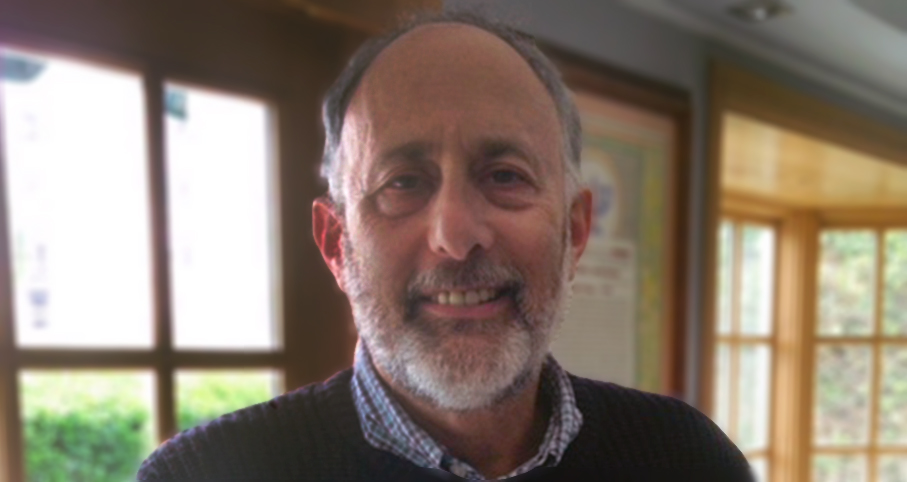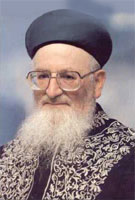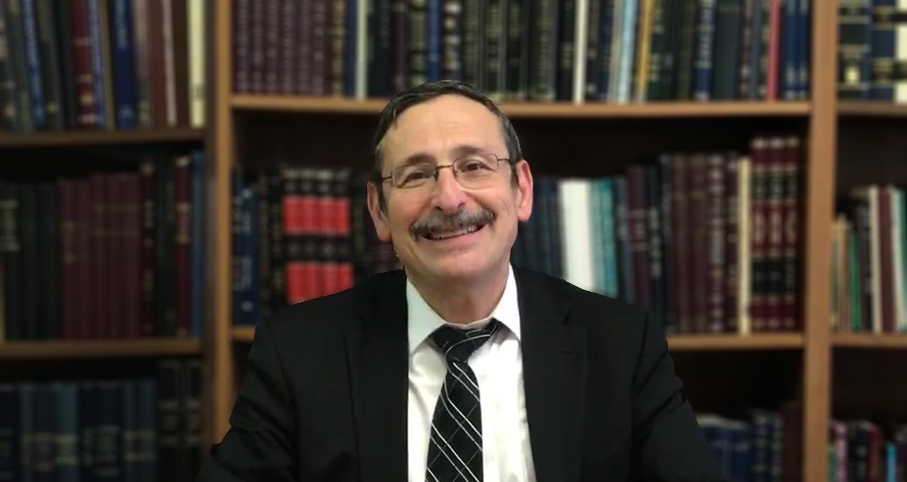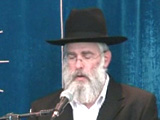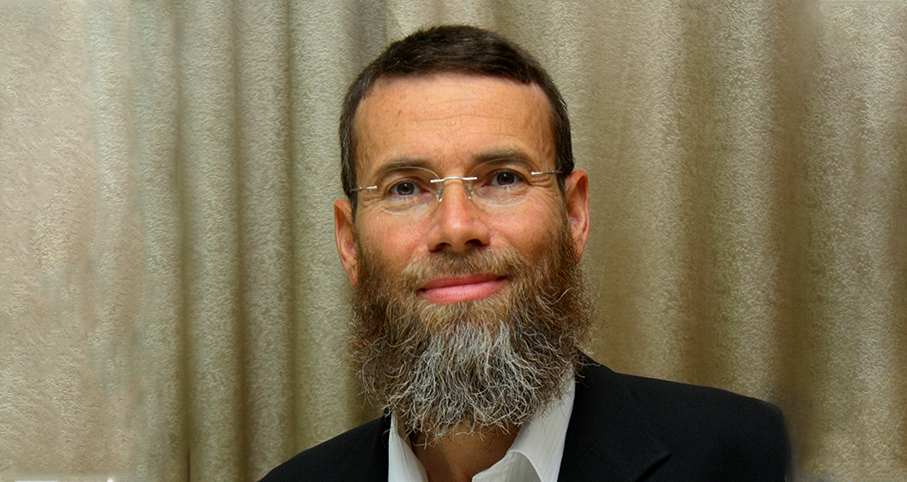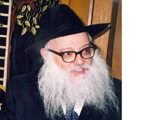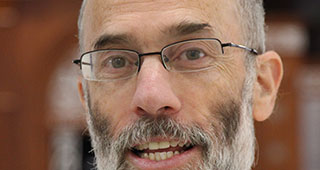Beit Midrash
- Torah Portion and Tanach
- D'varim
- Ki Tetze
The Torah study is dedicatedin the memory of
Yaakov Ben Behora
The simple understanding of the Torah’s description is: "He ambushed (vay’zanev) all the stragglers (hanecheshalim) behind you, and you were tired and weary, and [?] did not fear Hashem" (ibid.:18). What does "vay’zanev" mean, who were the "necheshalim," who was weary and why, and who did not fear Hashem? Rashi says that Amalek cut off certain Jews’ foreskins and threw them to the sky. The Divine cloud protected the nation in general, but those who did not fulfill the mitzva of brit milah were excluded. Thus, the weak people were not physically weak and weary but spiritually so, as is confirmed by several midrashim. According to this approach, it is likely that those who did not fear Hashem referred to or included the Jewish victims of Amalek.
This point raises a philosophical question. If Amalek attacked only those who Hashem had rejected, then why did Hashem view Amalek as His arch-enemy? Why couldn’t they just claim that they had removed thorns from the vineyard (see Bava Metzia 83b)? After all, men who refuse to perform brit milah are chayav karet, are cut off from their nation and, in effect, demonstrate that they do not want to be part of the covenant.
The key to this issue is found in the words of Rav Avraham Yitzchak Hacohen Kook, the "defense counsel" of Israel in the generation that re-built the Land of Israel. In his book, "Orot," Rav Kook deals with one of his time’s most charged topics, the question of dividing the Jewish community based on religious conviction. Rav Kook’s stand on this matter was a litmus test for those who viewed themselves as his supporters and his critics.
Rav Kook viewed the anti-religious elements of the Jewish community as follows. [Realize that it is very difficult to translate Rav Kook’s writings properly.] "As long as they willingly are connected with the general nation ... their external wickedness works to strengthen the power of the righteous ... and about them it is said, ‘Your nation are all righteous.’" Rav Kook compares the idea of separation from "sinners" in modern times to Amalek’s struggle against those who had been spit out by the Divine cloud. "This division undermines the foundation of holiness in its totality, as the act of Amalek who ambushed the stragglers who were spit out by the cloud ... reached out its arm [to injure] the members who were ‘at peace’ [with Hashem] and desecrated His covenant" (Orot Hatechiya, ch. 20).
Thus, the imperative to remember that which Amalek did reminds us not to give up on any Jew. We will not forsake a brother even if he appears to have forsaken the covenant. Any harm to them is harm to the nation.
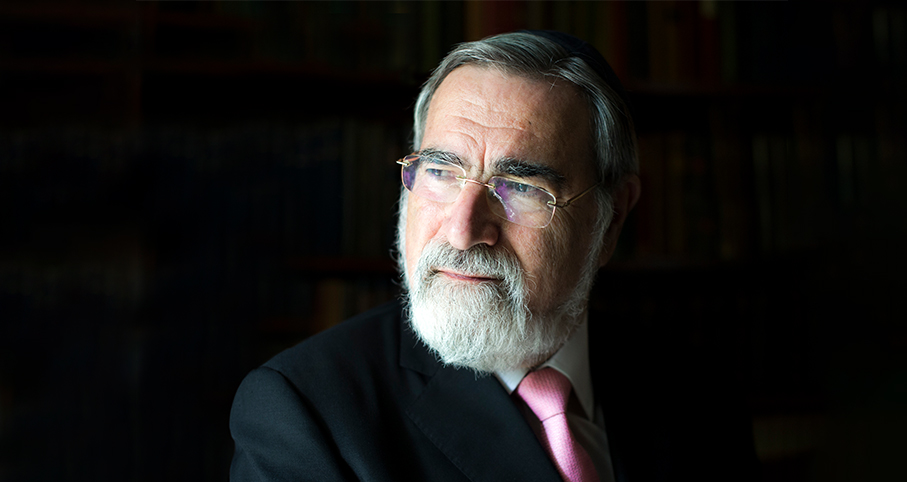
The Limits of Love
Rabbi Jonathan Sacks | Elul 5783

Thoughts on "Parshat Ki Tetze"
Rabbi Azriel Ariel | 5755-5761

FALSE MORALITY IS IMMORALITY
Why R. Yosef Blau & American Jewish Liberals' Critique Misses the Mark
Rabbi Ari Shvat | Elul 5785
